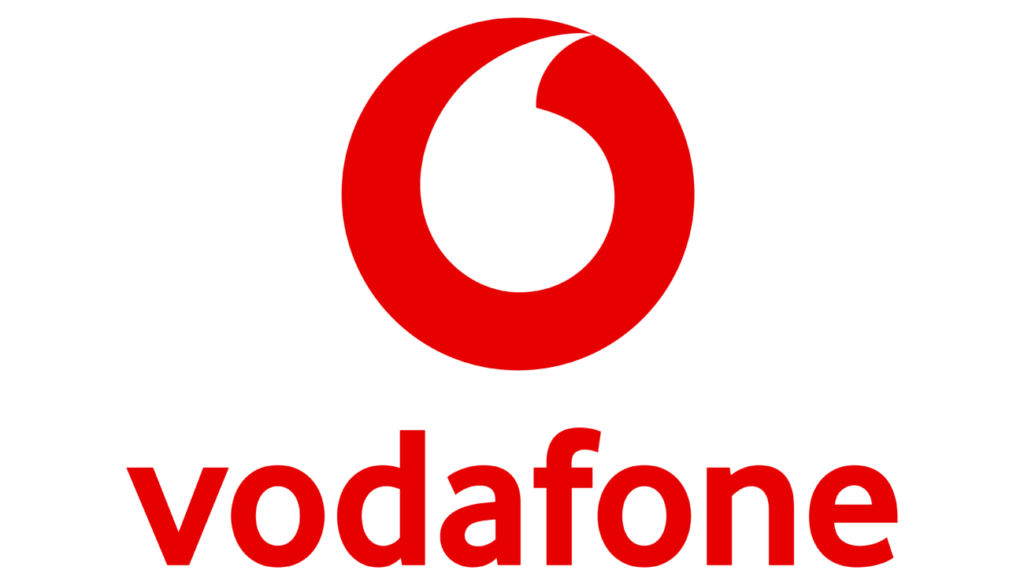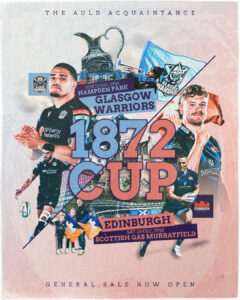Boys' Rugby Age Banding
Youth rugby begins at U9s and ends at U18s. For safety, and to allow young players to develop in the best environment within clubs and schools, they should be training and competing with others of the same age and physical maturity.
Therefore, the youth game is divided up by the age of the players involved (age-grade rugby) with associated law variations. Regulations specify the age grades within which children should be grouped for training and playing. The age grades are selected to minimise disparities in physical maturity and experience, while allowing meaningful player development to take place.
A player’s age grade is determined by their age on 1st September at the beginning of each Season and that age grade applies for the whole Season. For example, if a player is 11 on 1st September then that player is U12 for that season, if a player is 12 on 1st September then player is U13 etc. A player born on 1st September takes the younger of the two age grades that they straddle.
Click here to check a player’s age grade for this season.
Click here for infographic sheet about 2-Year Age Banding in Boy’s Rugby.
Boys Age Banding Explained
-
2-Year Banding
Although Scottish Rugby recommends playing in single year age bands it is recognised that clubs and schools require flexibility to field players out-with their age grade if this is the best approach for developing that individual. Furthermore, where there are insufficient players to make up single age grade teams combined age grade teams are permitted.
As such boys’ school and youth rugby can be played in a maximum of 2-Year Bandings. This means there can be a maximum of 2 years between youngest and oldest on the field. 2-Year Banding applies up to U16 rugby with transition to U17/U18 rugby set out within the Age Banding Policies.
-
Grouping by School Year
Although the youth and schools game is played in Age Grades (based on player age at the start of the season, 1st September), it is recognised that schools, and many clubs, choose to group players in school year groups (1st March cut off for most schools). Where this is the case discussion between coaches in the lead up to fixtures is vital to ensure everyone is on the same page and there’s no issue with regards to 2-Year banding.
2-Year Banding provides flexibility for teams grouped by school year to play in Scottish Rugby’s single age grade (i.e. U13, U14, U15 and U16) competitions and fixture programmes. For example; normally the S1 year group contains a mix of U12 and U13 pupils, but 2-Year Banding means all players are eligible to play U13 matches. However, caution must be taken when combining age groups to field a team as this can result in more than 2 years between youngest and oldest on the field.
Care must also be taken with regards to pupils that are older than the rest of their year group. This can happen due to deferred entry, transfer from another education system or requirement to repeat a year.
Coaches must have a good understanding of the age of their players and good communication in the lead up to fixtures is key for making the game safe and enjoyable for all.
-
Non-Contact Matches
Players of all ages may train and play together in non-competitive non-contact rugby provided the organiser and/or coach has assessed the session and/or match to be safe for all players and under no circumstances is any element of contact rugby permitted.




